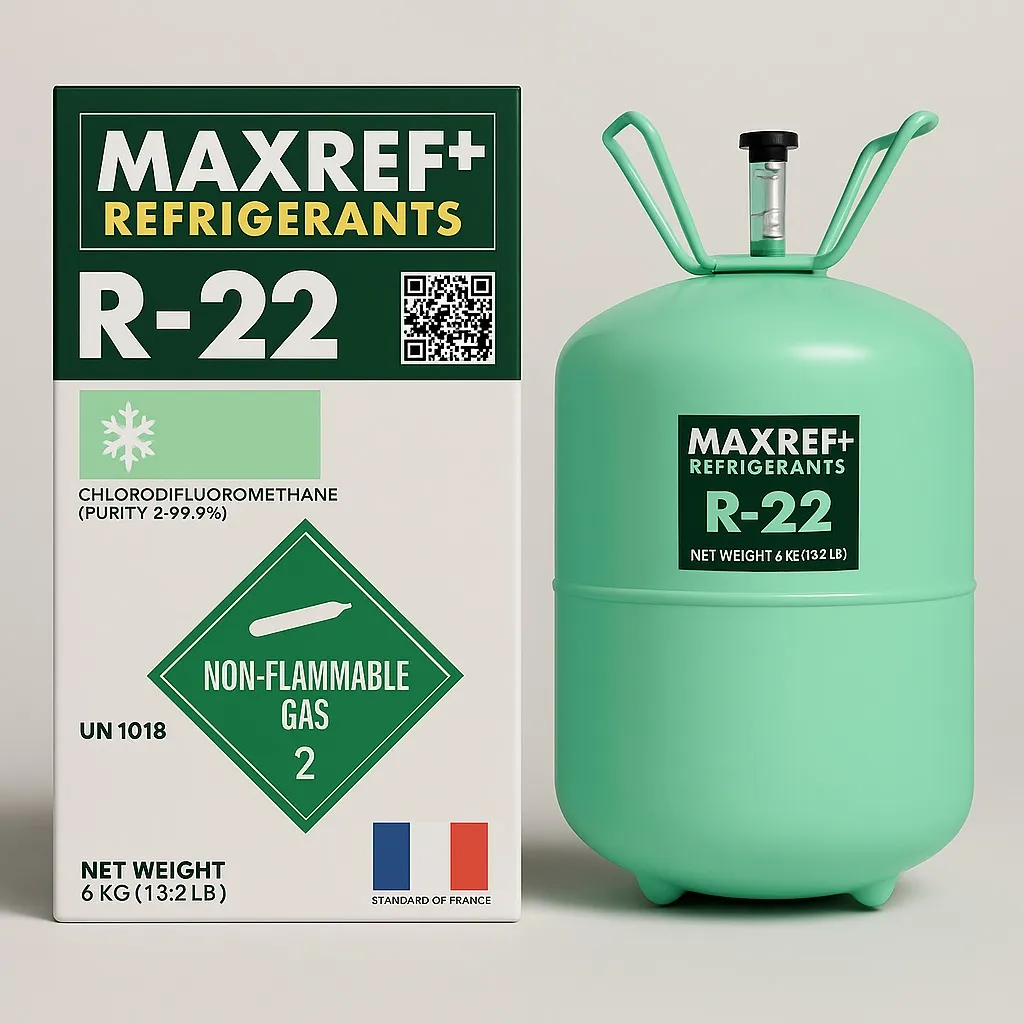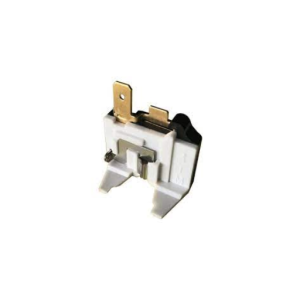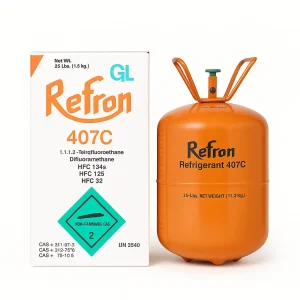Description
Applications & Phase-Out Status
-
Widely used in residential and commercial AC units, heat pumps, and refrigeration systems due to its effective cooling capabilities
-
Production and use are being phased out globally under the Montreal Protocol and regional regulations:
-
2010: Ban on new equipment using R‑22 in many regions (e.g., EU, U.S.).
-
2020: Full ban on production and import in the U.S.—only reclaimed stocks may be used for servicing .
-
2030: Global elimination of HCFC production, including R‑22 .
-
Environmental & Regulatory Impact
-
Contains chlorine, contributing to ozone depletion and classified as environmentally harmful
-
High GWP adds to climate change concerns, prompting transition to greener alternatives like R‑410A, R‑454B, and HFO-based blends
Safety & Handling
-
Toxicity: Low acute toxicity, but high concentrations can displace oxygen, causing asphyxiation and possible cardiac arrhythmia.
-
Exposure Effects: Rapid release may cause frostbite; inhalation may cause respiratory distress
-
Transport Classification: UN1018, Class 2.2 (non‑flammable gas)
-
Environmental Regulations: Must be recovered and not vented during maintenance/disposal in compliance with U.S. Clean Air Act §608 and similar laws







Reviews
There are no reviews yet.